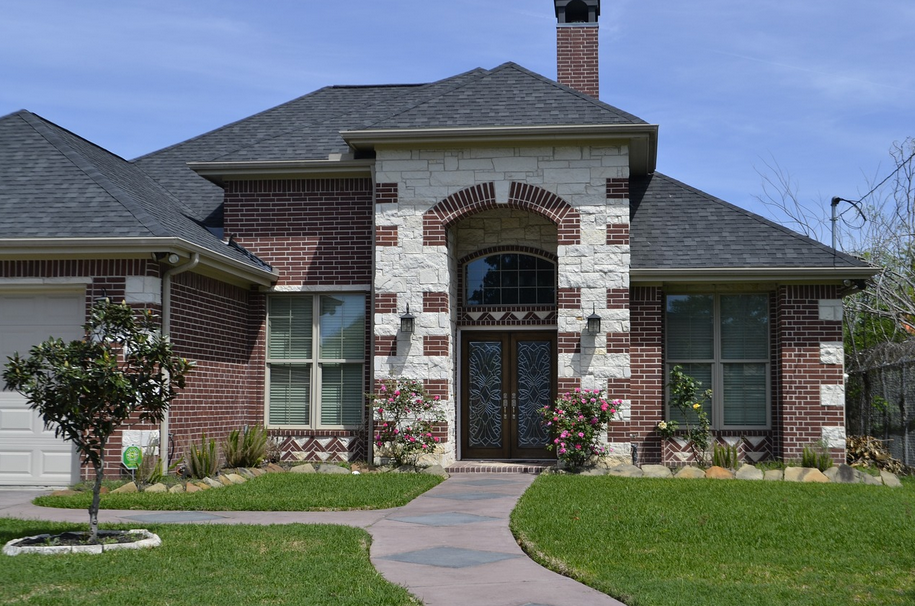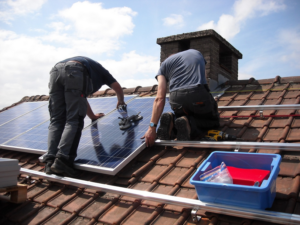Investing in a new roof is a significant decision for homeowners, and it comes with various considerations. While the primary function of a roof is to protect your home from the elements, it also plays a vital role in energy efficiency. In this article, we will explore ways investing in a new roof can help save on energy costs. From improving insulation to harnessing solar energy, these strategies can reduce your monthly utility bills and contribute to a more sustainable future. Read more on roof repair value if you aim to protect your home and save money in the long-run.
Enhanced Insulation

One of the most effective ways investing in a new roof can save on energy costs is through enhanced insulation. A properly insulated roof is a barrier against outdoor temperature fluctuations, preventing heat or cold air transfer into your home. This helps maintain a consistent indoor temperature, reducing the need for constant heating or cooling and ultimately lowering energy consumption.
Cool Roofing Systems
Cool roofing systems are designed to reflect sunlight and absorb less heat than traditional roofing materials. Investing in a new roof with cool roof technology can significantly reduce the amount of heat absorbed into your home. This reduces the strain on your cooling system, leading to lower energy usage and decreased electricity bills. Cool roofing materials can make a substantial difference in maintaining optimal indoor temperatures during hot summer months.
Solar Panel Integration
 Installing solar panels on your roof is an excellent investment that can help offset energy costs and promote sustainability. Solar panels convert sunlight into usable electricity, providing a renewable and clean energy source for your home. Investing in a new roof simultaneously with solar panel installation allows you to seamlessly integrate the panels into the roof design, maximizing their efficiency and aesthetic appeal.
Installing solar panels on your roof is an excellent investment that can help offset energy costs and promote sustainability. Solar panels convert sunlight into usable electricity, providing a renewable and clean energy source for your home. Investing in a new roof simultaneously with solar panel installation allows you to seamlessly integrate the panels into the roof design, maximizing their efficiency and aesthetic appeal.
Ventilation and Airflow Optimization
A well-ventilated roof can significantly impact energy costs by improving airflow and reducing heat buildup in the attic space. Proper ventilation systems, such as ridge vents, soffit vents, or turbine vents, enable the release of hot air trapped in the attic, preventing it from seeping into the living areas below. This helps regulate indoor temperatures, reducing the strain on your cooling system and ultimately lowering energy consumption.
Investing in a new roof is important for protecting your home and provides an opportunity to save on energy costs. Through enhanced insulation, cool roofing systems, solar panel integration, and ventilation optimization, homeowners can significantly reduce their energy consumption and contribute to a more sustainable future.


